
Serbian art refers to the visual arts of the Serbs and their nation-state Serbia. The medieval heritage includes Byzantine art, preserved in architecture, frescos and icons of the many Serbian Orthodox monasteries. In the Early modern period, Serbian visual arts began to be influenced by Western art, culminating in the Habsburg monarchy in the late 18th century. The beginning of modern Serbian art is placed in the 19th century. Many Serbian monuments and works of art have been lost forever due to various wars and peacetime marginalizations.

Menshikov Tower, also known as the Church of Archangel Gabriel, is a Baroque Russian Orthodox Church in Basmanny District of Moscow, within the Boulevard Ring. The church was initially built in 1707 to order of Alexander Menshikov by Ivan Zarudny assisted by Domenico Trezzini, a team of Italian-Swiss craftsmen from Ticino and Fribourg cantons and Russian stonemasons from Kostroma and Yaroslavl. The earliest extant Petrine Baroque building in Moscow, Menshikov Tower was substantially altered in the 1770s. The church traditionally functioned in summer only; in winter the congregation assembled in nearby Church of Theodor Stratelates, built in 1782–1806. Church of Saint Theodore also provides the bells for ritual ringing: despite its height, Menshikov Tower does not have bells.

Naryshkin Baroque, also referred to as Moscow Baroque or Muscovite Baroque, is a particular style of Baroque architecture and decoration that was fashionable in Moscow from the late 17th century into the early 18th century. In the late 17th century, the Western European Baroque style of architecture combined with traditional Russian architecture to form this unique style. It is called Muscovite Baroque as it was originally only found within Moscow and the surrounding areas. It is more commonly referred to as Naryshkin Baroque, as the first church designed in this style was built on one of the Naryshkin family's estates.
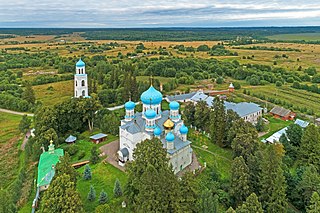
An onion dome is a dome whose shape resembles an onion. Such domes are often larger in diameter than the tholobate upon which they sit, and their height usually exceeds their width. These bulbous structures taper smoothly to a point.

Church of St. John the Warrior on Yakimanka Street is a Russian Orthodox church in Yakimanka District of Moscow erected in 1704-1717, during the reign of Peter the Great. It is attributed to architect Ivan Zarudny. The church address is 46, Bolshaya Yakimanka.

Igor Emmanuilovich Grabar was a Russian post-impressionist painter, publisher, restorer and historian of art. Grabar, descendant of a wealthy Rusyn family, was trained as a painter by Ilya Repin in Saint Petersburg and by Anton Ažbe in Munich. He reached his peak in painting in 1903–1907 and was notable for a peculiar divisionist painting technique bordering on pointillism and his rendition of snow.
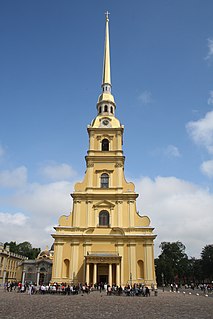
Petrine Baroque is a style of 17th and 18th century Baroque architecture and decoration favoured by Peter the Great and employed to design buildings in the newly founded Russian capital, Saint Petersburg, under this monarch and his immediate successors.

Andrey (Andrei) Nikiforovich Voronikhin was a Russian architect and painter. As a representative of classicism he was also one of the founders of the monumental Russian Empire style. Born a serf of the Stroganov family, he is best known for his work on Kazan Cathedral in Saint Petersburg.
The year 1707 in architecture involved some significant events.

Russian neoclassical revival was a trend in Russian culture, most pronounced in architecture, that briefly replaced Eclecticism and Art Nouveau as the leading architectural style between the Revolution of 1905 and the outbreak of World War I, coexisting with the Silver Age of Russian Poetry. It is characterized by a merger of new technologies with a moderate application of classical orders and the legacy of the Russian Empire style of the first quarter of the 19th century.

Ivan Ivanovich Rerberg was a Russian civil engineer, architect and educator active in Moscow in 1897–1932. Rerberg's input to present-day Moscow include Kiyevsky Rail Terminal, Central Telegraph building and the Administration building of Moscow Kremlin. Rerberg, a fourth member in a dynasty of engineers, was credited with innovative approach to structural frames and despised the title of an architect, always signing his drafts Engineer Rerberg.
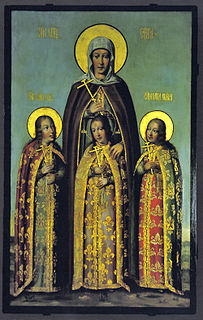
Karp Ivanovich Zolotaryov was a Muscovite painter, interior designer and wood carver, employed by Posolsky prikaz and the Kremlin Armoury. Zolotaryov was the author of iconostasis of the Transfiguration church in Novodevichy Convent and the Church of the Intercession at Fili and the icons of Donskoy Monastery. Surviving paintings by Zolotaryov, created in the period directly preceding the reforms of Peter I, form a bridge between traditional Orthodox icon painting and the modern realistic painting introduced in Russia in the 18th century.
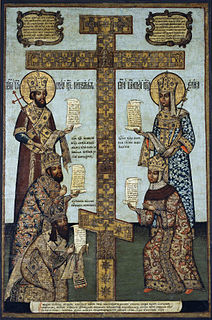
Bogdan Saltanov, also known as Ivan Ievlevich Saltanov, was a Persian-born Armenian painter at the court of Alexis I of Russia and his successors. Saltanov headed the painting workshop of the Kremlin Armoury from 1686. Saltanov's legacy includes Orthodox icons for church and secular use, illuminated manuscripts, secular parsuna portraits including the portraits of Stepan Razin and Feodor III of Russia as a young man.
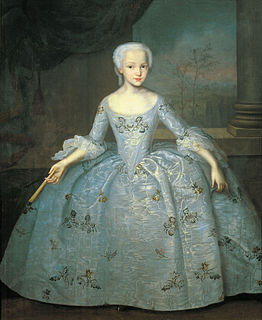
Ivan Yakovlevich Vishnyakov was a Russian portrait painter and muralist in the Rococo style.

The year 1930 was marked by many events that left an imprint on the history of Soviet and Russian Fine Arts.

Sergey Zagraevsky was a Russian-Israeli painter, architectural historian, writer and theologian.

Siberian Baroque is an architectural style common for ambitious structures in 18th-century Siberia, where 115 stone churches in Siberia were recorded in 1803, most of which were built in this provincial variant of the Russian Baroque, influenced by the Ukrainian Baroque and in some cases even incorporating lamaist motifs. Most of the buildings were preserved in Irkutsk, Tobolsk and Tomsk. An original interior of a Siberian Baroque structure survives only in the Feast of the Cross Church in Irkutsk.

Aurora and Cephalus is an 1811 painting by Pierre-Narcisse Guérin, now in the Pushkin Museum in Moscow. Measuring 251 × 178 cm, it illustrates lines 661-866 of Book 7 of Ovid's Metamorphoses and is a version the artist's 1810 work of the same subject. An oil sketch for the 1811 work has been in the Hermitage Museum since 1978.
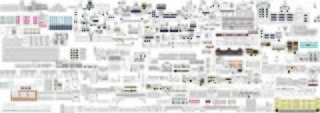
Veliko Tarnovo is a town with a historical architectural heritage. Many of the landmark buildings and bridges were destroyed by the 1913 earthquake. The town has developed architecture from four historic periods.

Annenhof was the name of two separate Imperial palaces in Moscow in Russia, known as the Annenhof Winter Palace and Annenhof Summer Palace, both of them designed by Bartolomeo Rastrelli and built in 1730-1731 on the order of Empress Anna of Russia. They served as the residence of Anna and her court, as Anna preferred Moscow to Saint Petersburg.



















